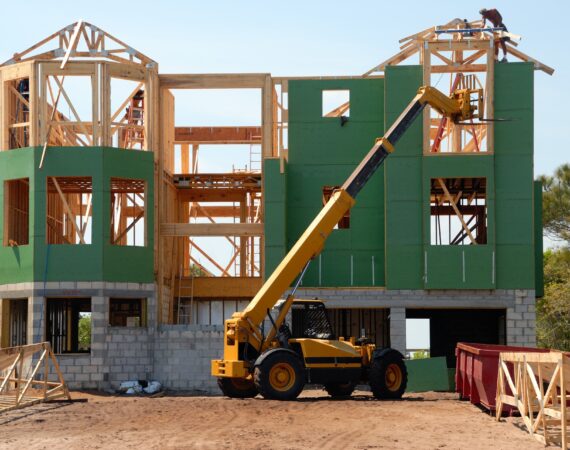Innovations in Earthquake-Resistant Construction: Building a Safer Future
Securing Structures Against the Shake
Earthquakes pose a significant risk to buildings and their inhabitants. The relentless force of nature has pushed engineers and architects to innovate, leading to groundbreaking advancements in earthquake-resistant construction. These innovations not only aim to protect lives but also to preserve the structural integrity of buildings during seismic events.
The Foundation of Safety: Base Isolation Systems
One of the most effective techniques in earthquake-resistant construction is base isolation. This method involves constructing a building on shock absorbers that can withstand seismic waves, essentially allowing the structure to move independently of the ground motion. Such systems have been instrumental in safeguarding new buildings and retrofitting historical structures around the world.
Absorbing the Impact: Damping Systems
Damping systems absorb and dissipate the energy generated by an earthquake, reducing the magnitude of vibrations transferred to the building. From tuned mass dampers that sway to counteract the building’s movement to viscous dampers acting as shock absorbers in the structure’s joints, these systems are vital in minimizing damage.
Beyond Flexibility: New Materials and Smart Technology
The development of new materials has also been key in enhancing earthquake resilience. Flexible yet strong materials, such as shape-memory alloys and high-performance concrete, are being integrated into construction designs. Additionally, smart technology, including sensors that monitor a building’s health and automatically adjust damping systems in real-time, represents the future of dynamic earthquake defense.
Case Studies: Triumphs of Technology
Real-world applications of these technologies provide compelling evidence of their effectiveness. In Japan, buildings equipped with base isolation and damping systems have successfully withstood powerful earthquakes with minimal damage. Similarly, the use of innovative materials and smart systems in retrofitting older structures has extended their life and historical value.
Conclusion
The continual advancement in earthquake-resistant construction techniques reflects a commitment to safety and resilience. By embracing these innovations, the construction industry is better equipped to protect against the unpredictable nature of earthquakes, ensuring that buildings can stand firm when the ground beneath them does not.




